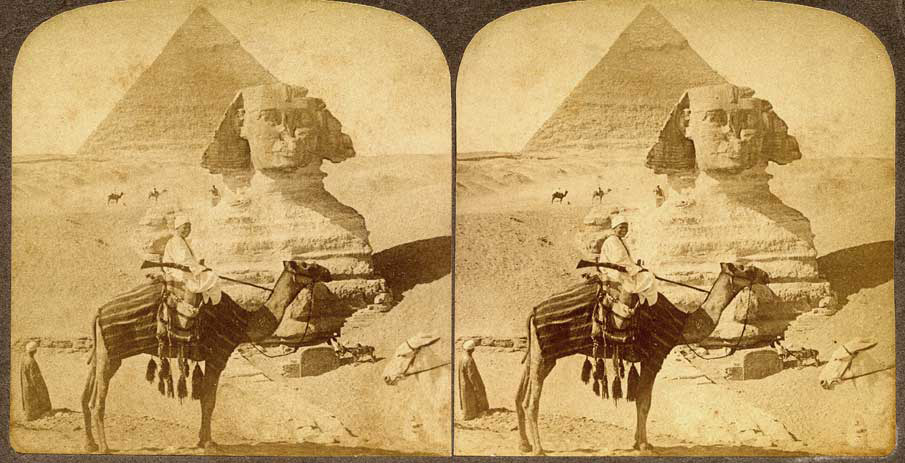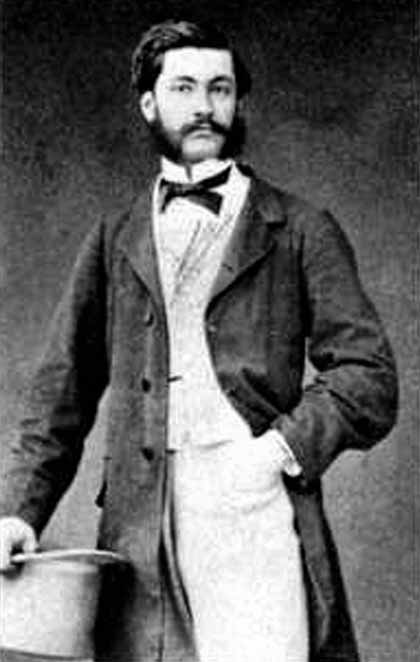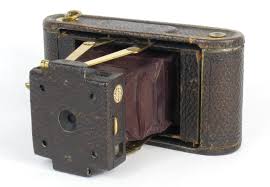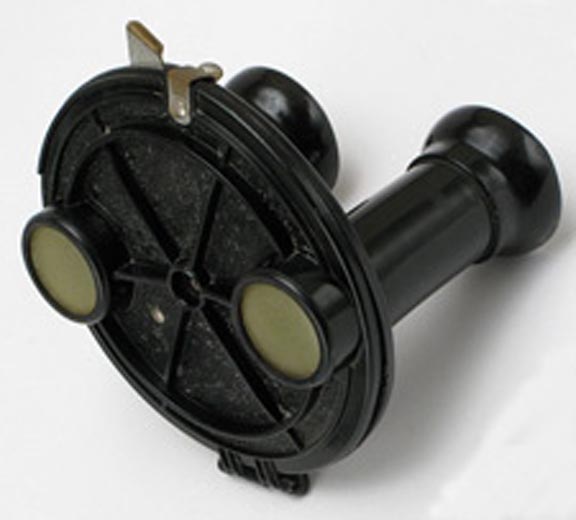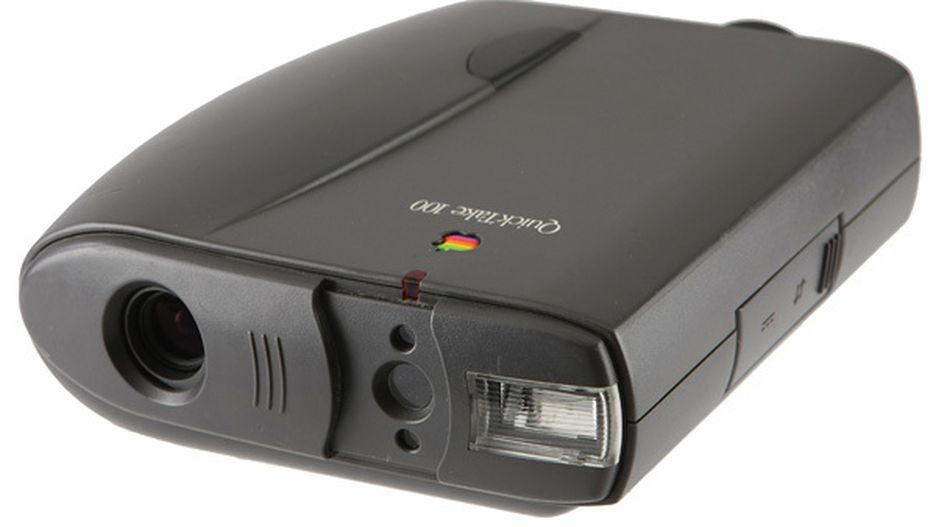1826
France, Joseph Nicephore Niepce is the first person to use a camera to take a picture.
1839
Photography was introduced by William Henry Fox Talbot with a paper-based calotype negative and salt print process.
1840
Stereoscope is introduced, a device for viewing a pair of separate images, drawings were use first and later photographic images.
1845
The first camera capable of continuous recording over a period of time is invented by Francis Ronalds.
1848
The first full-color photographs are created in a laboratory by Edmond Becquerel, but they are so light-sensitive they fade while being examined.
1851
The collodion process used for making glass negatives and tintypes is invented by Frederick Scott Archer.
1878
Using trip-wires to trigger cameras of a galloping horse, Eadweard Muybridge first real-time movie is viewed by using a zoetrope.
Hannibal Goodwin introduces Celluloid film.
The first motion picture, Roundhay Garden Scene, made by Louis Le Prince.
1889
The newly renamed Eastman Kodak Company makes transparent celluloid film on a roll, for 100 negatives, commercially available.
1891
Thomas Edison’s assistant, William Kennedy Laurie Dickson develops the “kinetoscopic” motion picture camera.
1898
The Folding Pocket Camera is introduced by Kodak.
1900
Kodak introduces the Brownie Camera, an inexpensive user-reloadable point-and-shoot box camera.
1901
Kodak introduces the 120 Camera film.
1909
A 35 mm “safe motion picture film” is developed by Kodak on an acetate base, but it is discontinued by the motion picture industry after technical deficiencies in 1911.
1912
Thomas Edison uses the “safety” film made by Kodak and introduces a 22mm home motion picture format.
1914
The Autographic film system is introduced by Kodak.
The first dramatic feature film, The World the Flesh and the Devil, is released in color made in Kinemacolor.
1923
Kodak uses an acetate “safety” base for its new 16mm amateur motion picture film for their Cine-Kodak cameras.
Strobe photography is invented by Harold Edgerton using the xenon flash lamp.
1925
The Leica introduces the 35mm camera format to still photography.
1932
Walt Disney releases the first full-color-cartoon, “Flowers and Trees”, made in Technicolor.
1935
The first feature film made in full-color, Becky Sharp in released using “three-strip” version of Technicolor
Kodak introduces Kodachrome multi-layered color reversal film for 16mm, 8mm and 35mm in following year, and sheet film in 1938.
1939
The View Master Model A is introduced, that uses reels of 7 stereoscope image pairs to view in 3-D on Kodachrome film.
1948
The first Polaroid Instant Land Camera is introduced by inventor Edwin H. Land.
1952
A 3-D movie craze is started with the low-budget polarized film Bwana Devil, the fascination for 3-D films dwindles by 1954.
1957
Russell Kirsch makes the first digital computer acquisition of a scanned photograph of his son Walden.
1959
The Nikon F and the AGFA Optima fully automatic camera are introduced.
1963
The Instamatic is introduced by Kodak.
Honeywell offers the first Pentax Spotmatic camera.
1986
Kodak creates the first, megapixel sensor, digital camera.
1992
Kodak introduces the first Photo CD.
1995
The first digital cameras introduced to consumers, the DC40 by Kodak, and the Quick Take 100 by Apple.
1996
Film manufacturing competitors, Agfa Photo, Eastman Kodak, Fuji Film, and Konica presents the Advanced Photo System.
1997
Philippe Kahn is the person to share a picture on a cell phone.
2000
Sharp Electronics introduces the first commercially offered mobile phone with a camera, the J-Phone, capable of taking, sending, and receiving still images.
>>to return to previous page – right click on back arrow <<
Word count: 544




